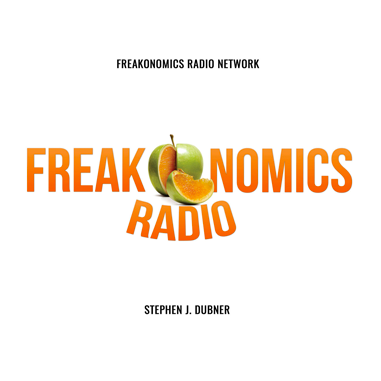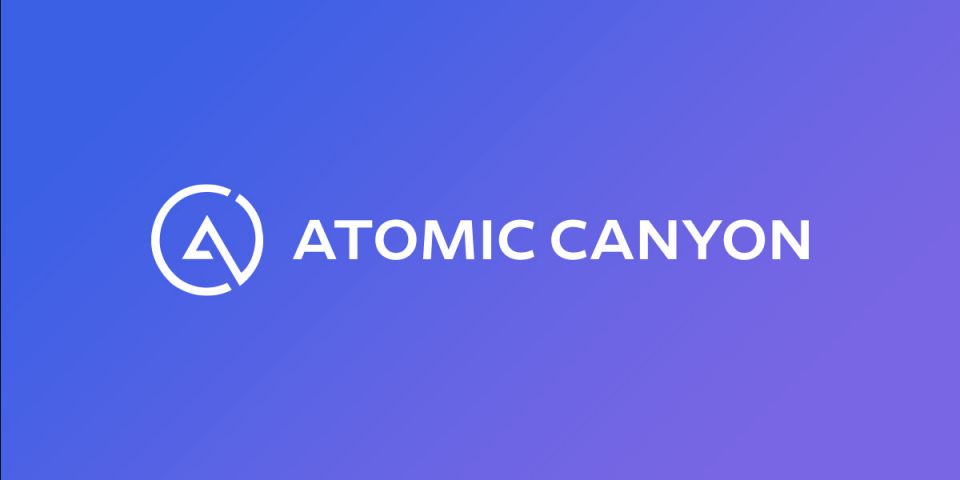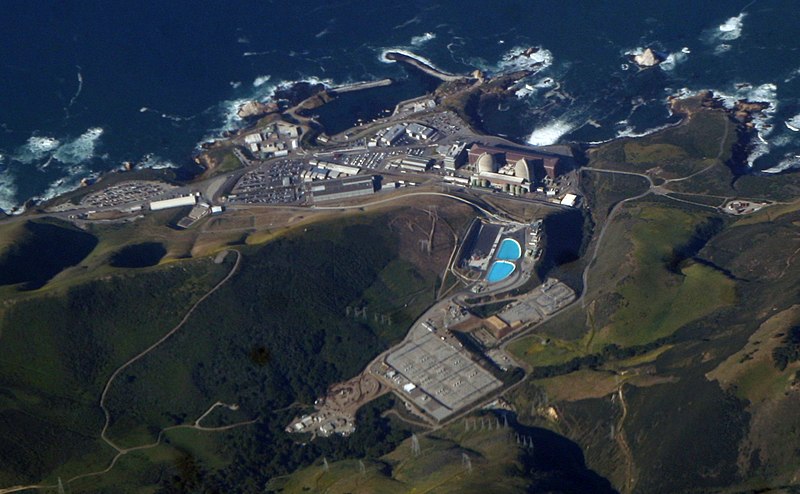Freakonomics podcast focuses on nuclear energy and climate change

On a recent Freakonomics Radio podcast, host Stephen J. Dubner and his guests explored the topic of nuclear power. The episode, “Nuclear Power Isn’t Perfect. Is It Good Enough?” was teased on the podcast website with this thought: “Liberals endorse harm reduction when it comes to the opioid epidemic. Are they ready to take the same approach to climate change?”
Harm reduction: Dubner began the episode by comparing the opioid addiction problem to that of climate change. He noted that Rahul Gupta, director of the White House National Drug Policy, said the federal government has “made harm reduction the central tenet of how we need to move forward” with regard to handling opioid addiction and overdoses. Harm reduction means pursuing such policies as increasing patients’ access to the lifesaving drug naloxone and medically supervised “safe injection” sites. Dubner then posed the question of whether it is “time to apply harm reduction to energy policy” and “fully embrace nuclear power.”
From anti- to pronuclear: Dubner’s first guest was Joshua Goldstein, professor emeritus of international relations at American University. Goldstein said that he used to be an antinuclear environmentalist, but he switched to the pronuclear side, because nuclear energy does not produce the carbon emissions that contribute to climate change. His switch was aided by learning the basic truths that contradicted some common, scary myths regarding nuclear energy. He explained, “I started learning about it and realized that a lot of what I knew wasn’t actually true. Radioactivity, specifically—people have the idea that radioactivity is like a virus, that if it gets out, it can destroy the world or something. It’s not like that at all. It doesn’t reproduce and it stays in one place. If you leave it somewhere for a billion years, it’ll still be there, but it’ll be actually less dangerous over time.”
Compared to what? Concerning the perceived safety risks of nuclear energy, Goldstein continued with the harm reduction idea: “I always think of it in terms of, compared to what? . . . Either you’re going to turn off the electricity, which kills people really quickly, or you’re going to burn coal and natural gas to generate electricity, which also kills people, a little more slowly. So you have to think of nuclear power, the pluses and the minuses, and weigh it up—compared to what?”
Dubner considered the environmental- and health-related dangers of other electricity sources, including coal, oil, and natural gas. He observed, “If you’re looking for the energy source that produces the fewest deaths per unit of electricity—that’s right: nuclear power. Even with the famous meltdowns you know about . . . Three Mile Island, by the way, produced zero deaths but it was scary enough to change the future of nuclear power in the U.S. Still, on the measure of mortality per unit of electricity produced, nuclear power is, overall, the safest source we have.”
Pros and cons: Dubner played several quotes from Matthew Neidell, an economist at Columbia University, who offered his own summary of nuclear pros and cons. Neidell noted three key benefits of nuclear power: no emission of greenhouse gasses, no particulate air pollution, and relatively low cost of operation. He described serious drawbacks of nuclear energy as “billions of dollars to build a plant” because of the “safety measures you have to take,” as well as the risks and expenses of radioactive waste and the potential of a nuclear meltdown.
HBO’s Chernobyl: The next guest was Craig Mazin, the writer, producer, and director responsible for the HBO series Chernobyl. He discussed the 1986 Soviet-era incident at that nuclear power plant, insisting on calling it a “disaster” rather than an “accident,” because, in his opinion, it was “borderline intentional.” He cited extreme estimates of Chernobyl-related deaths “that go all the way from 4,000 people up to a million people. . . . I think it’s safe to say that in terms of lives negatively impacted in a serious way, we’re talking about at least hundreds of thousands of people.” (Goldstein had earlier said, about Chernobyl, “It killed about 50 people on site and sickened others.”)
Dubner asked Mazin if, rather than the Chernobyl “disaster” series, HBO would have produced a series that highlighted “how nuclear power can be a safe, global, clean energy source that will vastly lower carbon emissions and help fight the consequences of climate change.” Mazin answered, “No. And the reason is, it’s not dramatically interesting.”
Mazin then expressed dismay at the critics of Chernobyl within the nuclear industry: “A lot of people—I don’t know if they were nuclear industry professionals, publicists, marketers, lobbyists—were rather vicious about the series, which I thought was stupid. You can’t be an effective proponent of nuclear power if you don’t acknowledge where nuclear power has drawbacks or has failed spectacularly.” Despite such negative reactions to his series, Mazin asserted, “I am a believer in nuclear power and that, if anything, the research I did into Chernobyl made me more of a believer in nuclear power.”
Dim enthusiasm: Dubner observed, “Since Three Mile Island and Chernobyl, nuclear safety technology and regulations have been significantly upgraded. Still, enthusiasm for nuclear power remained dim.” He noted that the number of reactors in the United States has declined from 104 in 2012 to 93 today, and that “most of these plants were built pre-Chernobyl.”
Mothers for Nuclear: Dubner’s next guest was Kristin Zaitz, a civil engineer and project manager at California’s only remaining nuclear plant, Diablo Canyon. Zaitz, who cofounded the pronuclear advocacy group Mothers for Nuclear, recalled that when she was in college, “being antinuclear was a prerequisite to calling yourself an environmentalist.” However, she said that her 20 years at Diablo Canyon have showed her the benefits of nuclear energy, not only for electricity generation but also for a wide range of jobs “for all sorts of backgrounds.” She described the plant as “like a little city.”
Zaitz discussed the political differences she has observed in terms of nuclear support. “I have found that Republicans tend to be supportive of our [Mothers for Nuclear] message right away. They might not want to talk about climate, but they’re supportive of keeping Diablo Canyon and other existing nuclear plants open. And then we talk to Democrats and we have this great Kumbaya moment about how much we care about climate. And then they say they don’t support nuclear. So it’s tricky. I think there are quite a few Democrats that are changing their tune on this.” She added, “It’s like, it’s no longer taboo to be pronuclear energy if you’re an environmentalist.”
New pronuclear moves: Dubner neared the end of his program by noting recent action taken by the United States to benefit the nuclear industry through the financial incentives contained in the Inflation Reduction Act.
In concluding the episode, Dubner returned to the concept of harm reduction: “Sure,” he said, “there are risks associated with the generation of power by nuclear fission, but there are risks associated with any sort of electricity generation, and plenty of risks from having no electricity. It’s worth noting that at the same time California was preparing to shut down Diablo Canyon, they also launched The California Harm Reduction Initiative to fight drug overdoses by funding what are called ‘syringe service programs.’ It’s also worth noting there are more fatal drug overdoses per year in the U.S. alone than deaths from nuclear power ever.”






.jpg)


